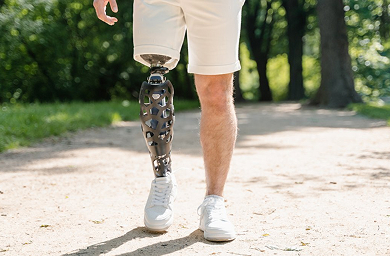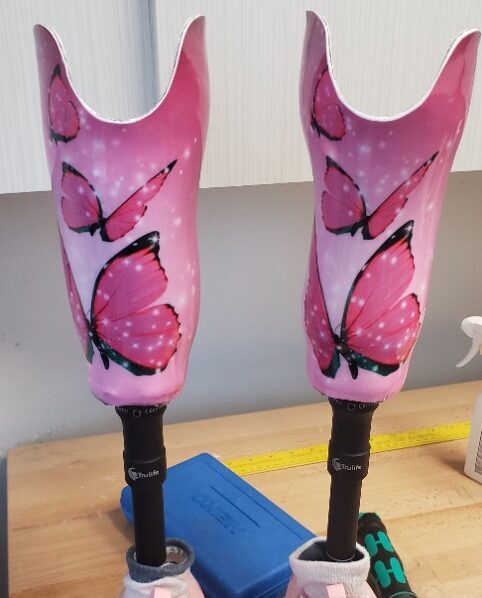Losing a limb marks a significant turning point in life, one that brings a mix of physical adjustments and emotional processing. At Nevada Limb & Brace, we understand this journey intimately and are dedicated to providing not just advanced prosthetic solutions but also the guidance and support you need to navigate this new chapter with confidence. While the path ahead may seem uncertain, with the right approach, you can achieve a smooth and fulfilling transition.
This post offers practical tips to help you embrace life after amputation and move forward with strength and optimism.
Embrace Healing, Inside and Out:
The initial period after surgery is crucial for physical recovery. Prioritize wound care as directed by your medical team, manage any discomfort effectively, and engage in gentle exercises to promote circulation and maintain flexibility in your remaining limb. However, healing isn’t just physical. Allow yourself time and space to process the emotional impact of amputation. Connect with your feelings, whether they are sadness, frustration, or even moments of hope. Seeking support from therapists or counselors can provide valuable tools for navigating these emotions.
Preparing for Your Prosthetic Journey:
The prospect of receiving your prosthesis is a significant step forward. Engage actively in the process by openly communicating with your prosthetist. Share your lifestyle, goals, and any concerns you may have. This collaboration ensures your device is tailored to your individual needs and aspirations. Understand that the fitting process may involve several adjustments to achieve optimal comfort and function. Be patient and persistent in communicating any discomfort or issues you experience. Many individuals also experience phantom limb sensations or pain. Discuss these with your medical team to explore effective management strategies.
Learning to Live with Your Prosthesis:
Receiving your prosthesis is the beginning of a new learning curve. Start slowly, gradually increasing the amount of time you wear your device each day. Working closely with a physical therapist is paramount. They will guide you through exercises designed to improve your balance, gait, strength, and coordination. Be prepared for challenges and celebrate small victories as you progress. Consistent practice is key to developing confidence and proficiency in using your prosthesis for everyday activities.
Building Your Circle of Support:
You are not alone on this journey. Connecting with others who have experienced amputation can provide invaluable emotional support and practical advice. Consider joining support groups, either in person or online, to share experiences and learn from others. Lean on your family and friends, allowing them to offer assistance and understanding. Don’t hesitate to communicate your needs and how they can best support you. Professional guidance from therapists or support organizations can also provide additional resources and coping strategies.




